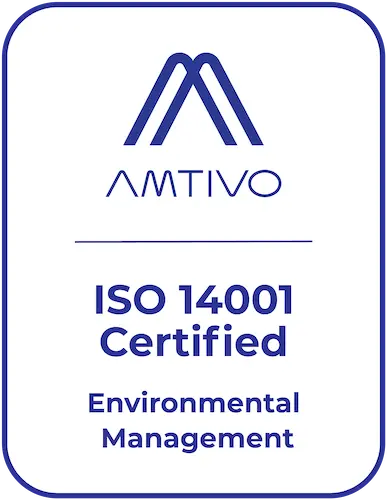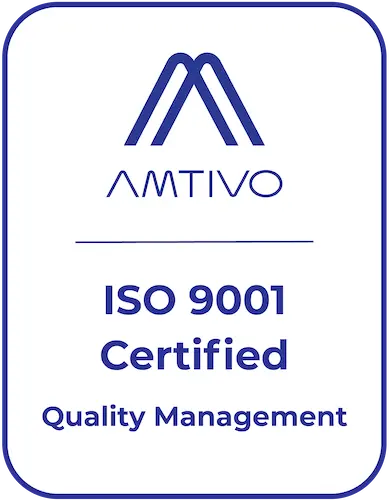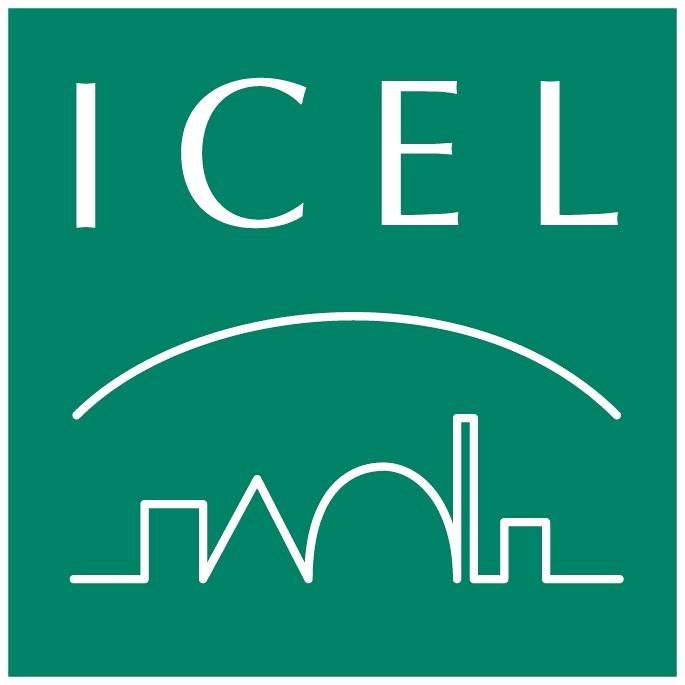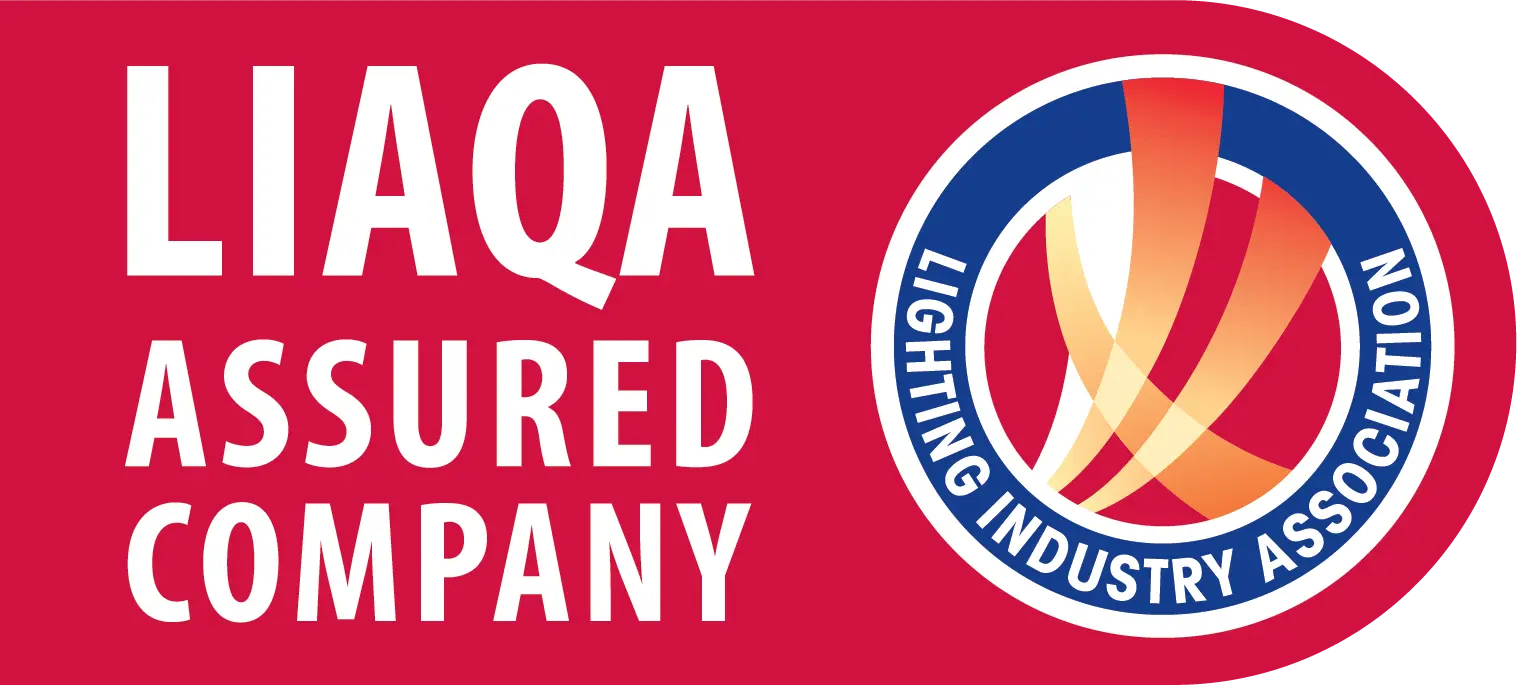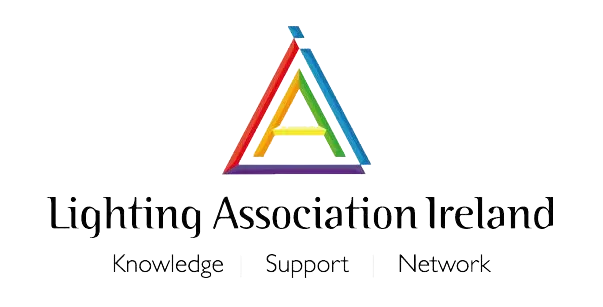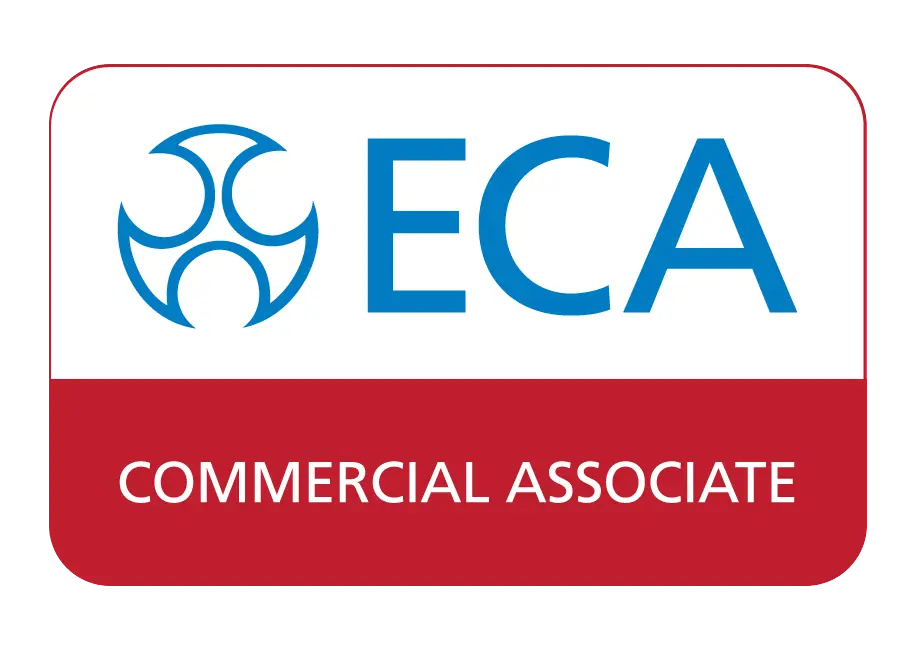What Lighting Conversion Do You Need? We Convert 99.9% of Luminaires.
“What’s the best night light for nursing homes?” This question was put to us by an electrical contractor attending a customer visit at our HQ in Dublin. A simple question, easily answered by dimmable downlights. But sometimes the most obvious solution isn’t the best fit.
We know that our robust GOLF EXPRESS surface fitting is already a popular choice for nursing homes. So, rather than installing a second luminaire to function as a night light, we figured it would be much more economical to offer a customised conversion of the GOLF EXPRESS. We applied LED strip to the gear tray, added a low-light feature, and upgraded the switches so there is now one for the regular light and one for the night light.
This is just one example, but there are hundreds of reasons why you may need to convert your lighting solutions. Our LED lighting conversion service offers many different types of upgrades across all kinds of luminaires – ROBUS, non-ROBUS, and retrofit! Keep reading to see what our talented team can do for you.
11 Customised Lighting Conversions Offered by ROBUS
1. Emergency Lighting Conversion
Emergency lighting kicks in automatically during a mains power failure, providing crucial illumination for a minimum of 3 hours. Battery-powered lights are strategically placed, particularly along exit paths, to help people evacuate safely. By converting your standard luminaire to an emergency fitting you can save money, maximise energy efficiency, and reduce visual clutter.
2. Self Test Emergency Lighting Conversion
Self Test emergency lighting systems perform self-commissioning tests at first power on, and a full-duration test (3 hours) is performed after charging for 24 hours. Initial function and duration tests are randomly generated. These automated tests save you the hassle of manual inspections, ensuring the lights are always ready. Converting to Self Test systems reduces maintenance costs, guarantees reliability, and keeps your emergency lighting in tip-top shape.
3. DALI Addressable Emergency Conversion
DALI (Digital Addressable Lighting Interface) Emergency lighting lets you control and monitor each light individually. You can test and get status reports remotely, making management a breeze. Converted products are immediately visible to your DALI command centre.
Unless programmed by the DALI controller, the fitting will enter a self-commissioning phase. Once a DALI command is received, the fitting enters DALI mode and will perform functional and duration tests according to the chosen DALI settings. Upgrading to DALI means better control, less maintenance work, and easy compliance with safety standards.
4. Emergency Changeover and Battery Unit (ECBU) Conversion
ECBU provides emergency lighting by switching to a central battery stored in the building during a mains failure. Inside the product will be an inverter module, holding off the 110V battery supply. When the permanent supply fails, the relay within the emergency module connects the 110V battery supply to the lamp, allowing it to operate in emergency mode. Converting to ECBU systems ensures reliable backup lighting, enhancing safety in critical areas, and integrating seamlessly into your existing setup.
5. Microwave Sensor Conversion
Microwave sensors detect motion and turn on the lights only when they are needed. They’re perfect for areas where constant lighting isn’t necessary. Switching to microwave sensors boosts energy efficiency, cuts down on electricity costs, and prolongs the lifespan of your lights by reducing unnecessary usage. The standard maximum mounting height for sensor products is 6M. A special 15M version is also available for warehouse lighting.
6. 3 Step Dimming Conversion
3 step dimming or corridor function offers three preset brightness levels, such as 100%, 50%, and 25%, before either switching off or remaining at 10% as a safety feature. By including a microwave sensor, 100% illumination is triggered by motion and then the light dims down in phases. Converting to 3 step dimming systems provides flexibility, enhances comfort, and significantly lowers energy consumption with easy-to-use settings.
7. Mains Dimming Conversion
Mains dimming is a simple way of dimming an LED product that can be controlled by a normal 240V dimmer. No additional control cables are required, making this helpful in areas that cannot be re-wired with additional cables. This conversion service is available in 10W and 15W bulkheads, and 40W panel lighting.
8. DALI Dimming Conversion
DALI dimming uses the DALI protocol for precise lighting control, allowing digital communication between lights and controllers. You can adjust lights individually or in groups, creating smooth transitions and custom scenes. Converting to DALI dimming systems offers sophisticated control, improved energy management, and the ability to create customisable lighting environments. Although DALI is a standard protocol, beware of mixing components between manufacturers without testing first. Along with the correct LED driver, the DALI system requires additional control equipment including DALI controllers, power supplies, and user interfaces.
9. Switch Dimming Conversion
Commonly known as “PUSH DIM” or “SWITCH DIM”, switch dimming uses standard switches to control light intensity, often through various press patterns. It involves using a standard mains retractable switch for lighting controls. It’s a simple and user-friendly way to adjust lighting levels without requiring advanced technology. Converting to switch dimming systems is affordable, easy to use, and provides the flexibility to change light levels effortlessly.
10. Analogue Dimming Conversion
Analogue dimming uses a continuous variable signal, usually 1-10V, to smoothly adjust light levels. It uses a separate control wire to notify the driver that the power of the LEDs should be changed. The separated control signal is a DC (direct current) and can be adjusted from 1 up to 10 volts. This method of control is a low current system (typically 1mA) meaning it can be run along relatively thin cables with little voltage drop, allowing for the mounting of multiple dimmable drivers on one wall.
Analogue dimming is commonly used in older systems and integrates well with various dimmable lights. Switching to this dimming method ensures smooth transitions, compatibility with existing setups, and reliable performance, making it a solid choice for straightforward dimming control.
11. Photocell Conversion
Photocells detect ambient light to automatically control lighting, turning lights on at dusk and off at dawn, or when indoor light levels drop. This helps conserve energy by using lights only when needed. Converting to photocell systems maximises energy savings, reduces manual work, and efficiently manages both outdoor and indoor lighting.
Get Started with Our Lighting Conversion Service Today
Need a customised conversion not listed above? No problem, we’re equipped for every type of weird and wonderful request. If you’re not sure whether we can help, just ask! Contact our Customised Conversions Department to have a chat about this service by calling +353 1 709 9000 (option 2) or emailing conversionsrequests@robus.com.
